One nonprofit is helping revitalize timber country
written by Felisa Rogers | photography by Kendrick Moholt
In 1994, protesters tarred and feathered effigies of two local environmentalists and hanged the figures in downtown Joseph. The anger was born of anxiety. Sawmills were closing, jobs were evaporating, young people were leaving, and many residents blamed changes in federal environmental policy, which now prioritized habitat restoration over Wallowa County’s traditional sources of income—timber harvest and ranching. The Timber Wars were in full swing, forestry jobs were disappearing, and environmentalists were seen as the enemy.
Today that anger is less palpable, but the rural economic situation remains largely depressed and depressing. While Oregon’s cities thrive, rural communities still haven’t recovered from the most recent recession—or the one before it. In many small towns, the prevailing feeling is that the economy no longer has ups and downs—it just sinks down, and then down again.
Isolated in the far northeastern corner of the state and historically dependent on the timber industry and ranching, Wallowa County (population 7,000) should be one of the most depressed regions in Oregon. But Wallowa County has hope.
The current mood of rejuvenation and optimism stems from seeds that took root in those dark days following the mill shutdowns and protests, when county leaders called people together to talk about the massive job hemorrhage. This conversation led to the formation of Wallowa Resources, a grassroots organization dedicated to revitalizing the county’s resource-based economy. The nonprofit would have a profound effect on the county’s trajectory from hotbed of resentment to model of rural revitalization.
Its success is rooted in the firm belief that rural communities are a wise investment. Wallowa Resources director Nils Christoffersen has a master’s degree in forestry and an international résumé, but his work experience reflects a blue-collar bent. From an Australian sheep station to a commercial fishing boat off the coast of Norway, Christoffersen has always gravitated to remote areas. While working in Zimbabwe and Tanzania, he was inspired to see rural communities transformed when the government allowed local people an active role in environmental stewardship. He returned to the United States to look for a community that wanted to solve its own problems. He found it in the Wallowa mountains and rangelands, where he was invited to join a fledgling nonprofit that had the unenviable task of helping reimagine the county’s economy.
Despite internal resentment toward environmental regulation, Wallowa Resources wasn’t blinded to the need to adapt and diversify. As Christoffersen explained, “We couldn’t cling to the past. We needed to recognize that markets had changed, that technology, public values, and policies had changed. We needed to embrace emerging science about forest ecosystems … and figure out how to maintain our social, cultural and economic relationship to the land. This led to the concept of a stewardship economy.”
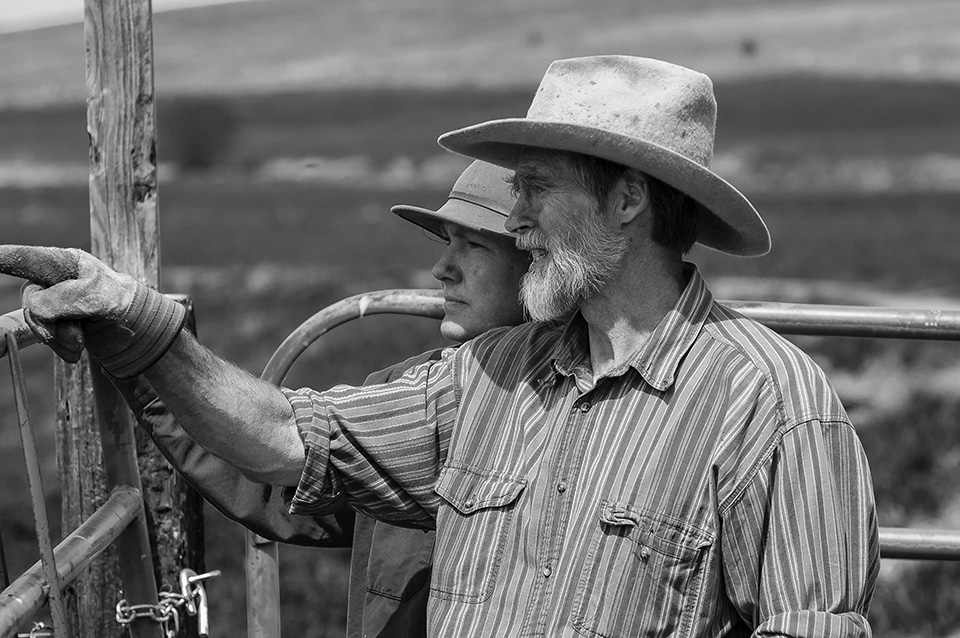
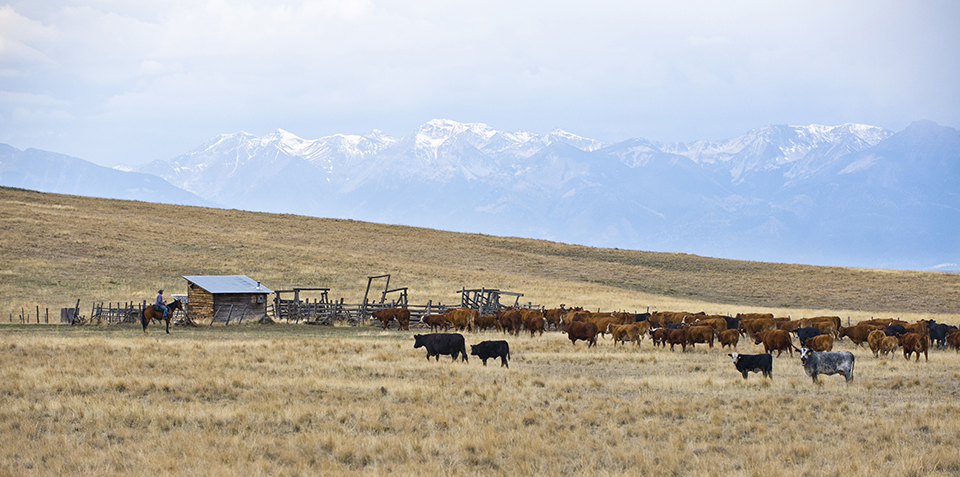
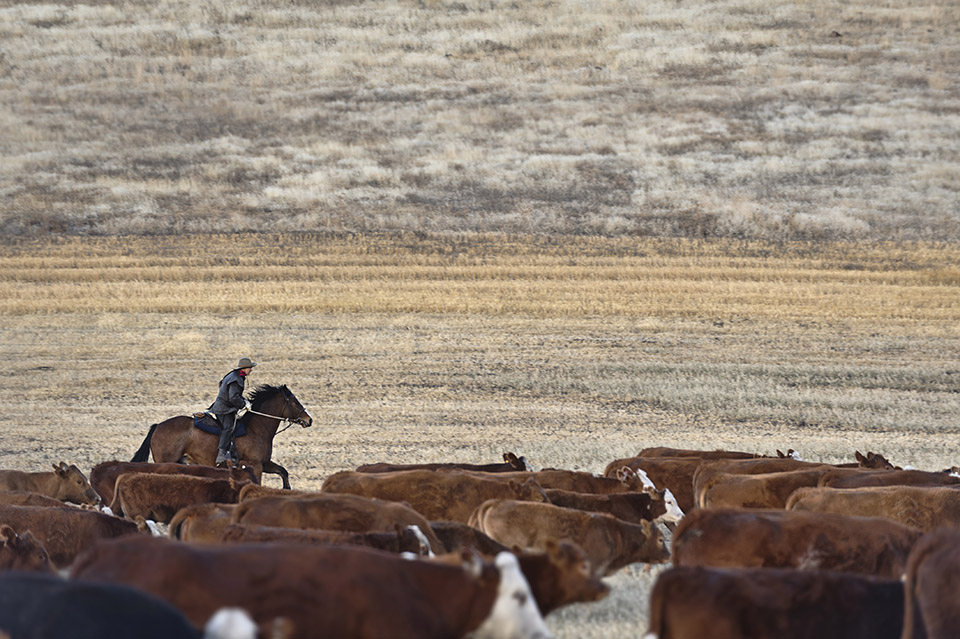
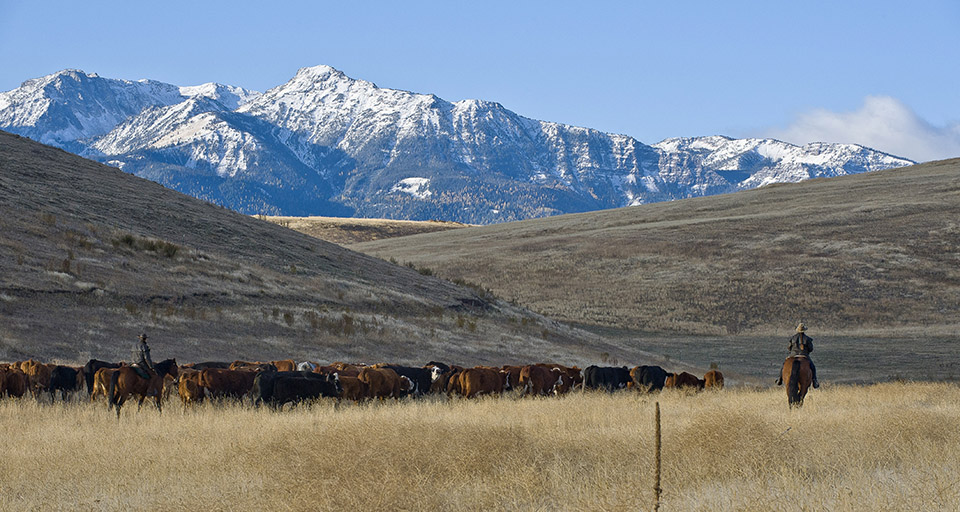

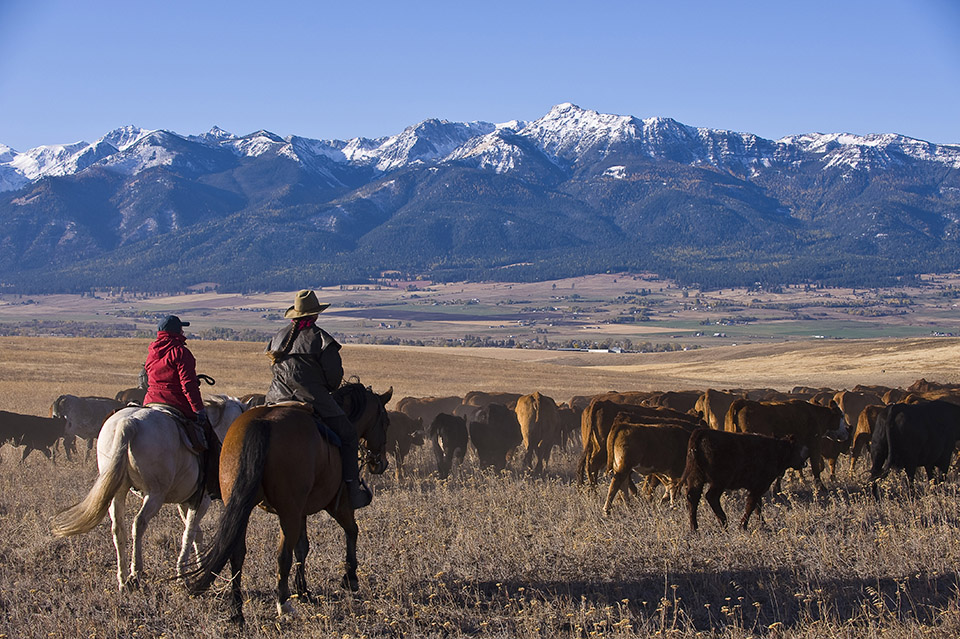

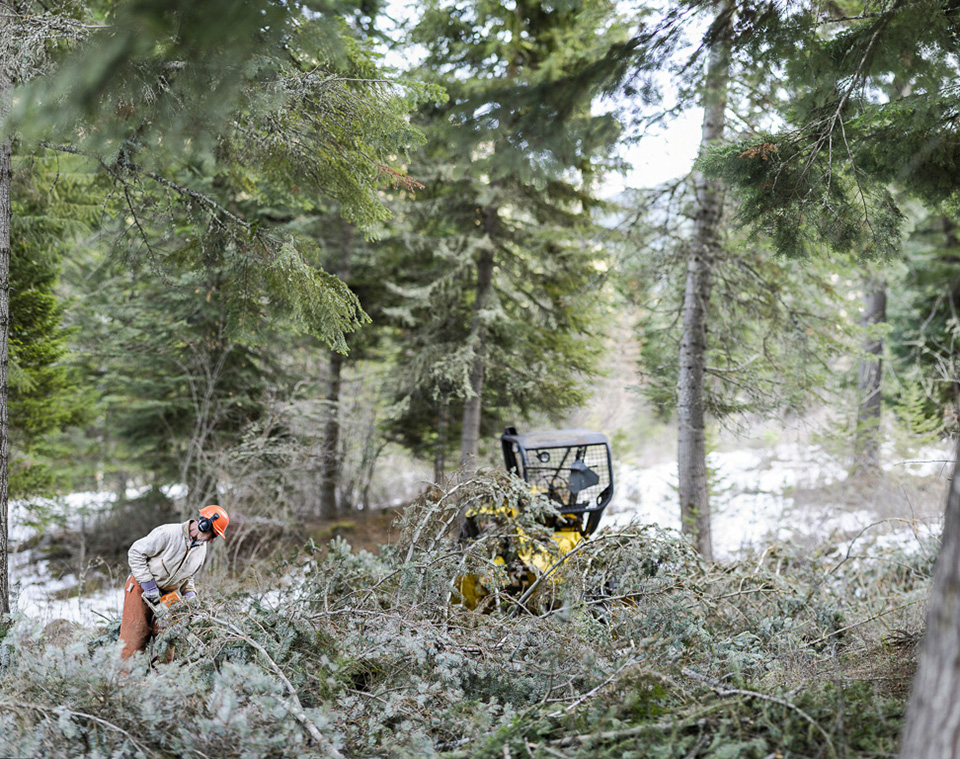






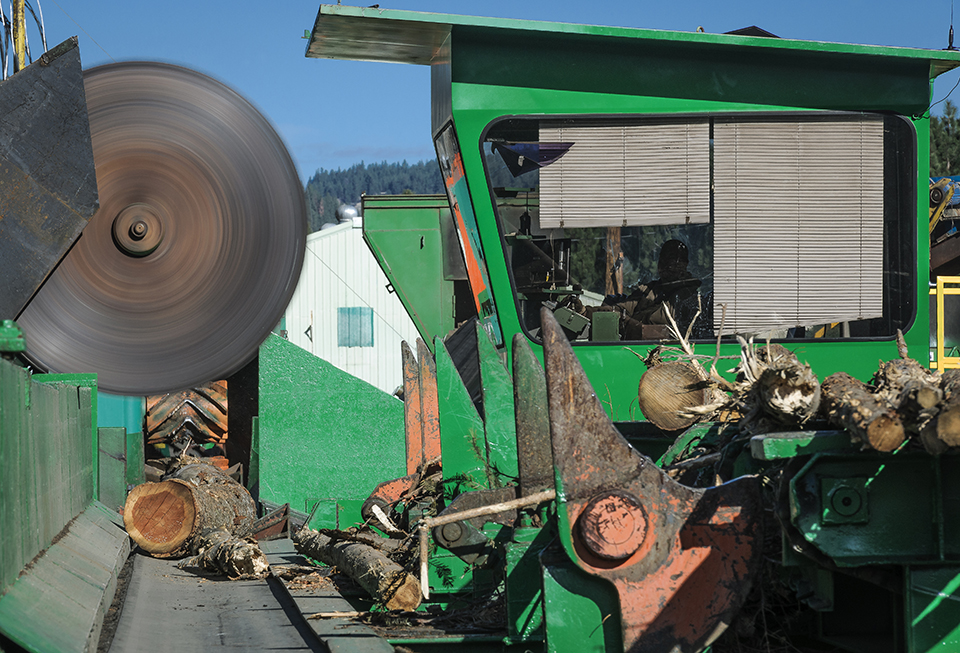

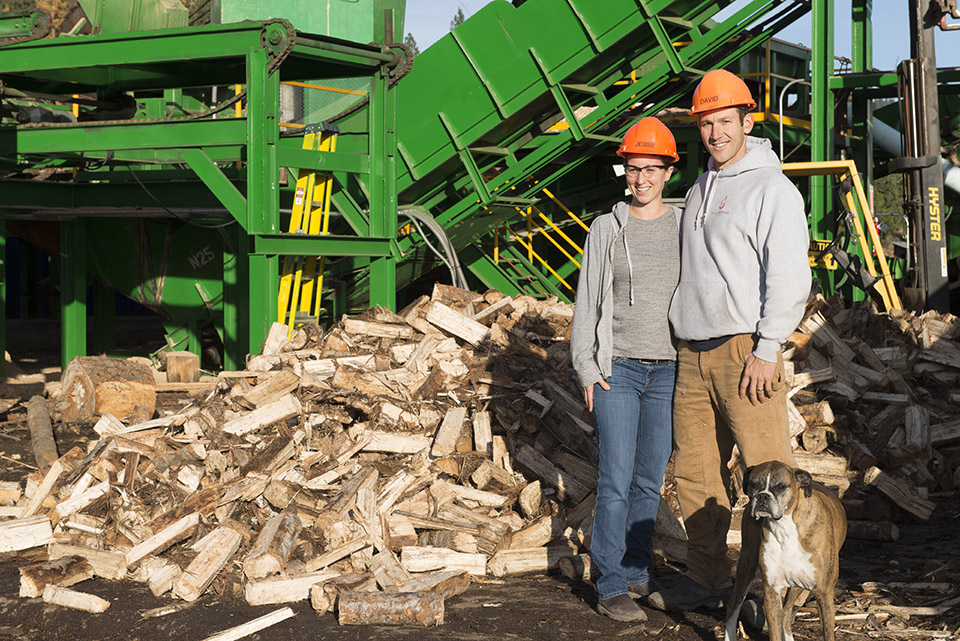
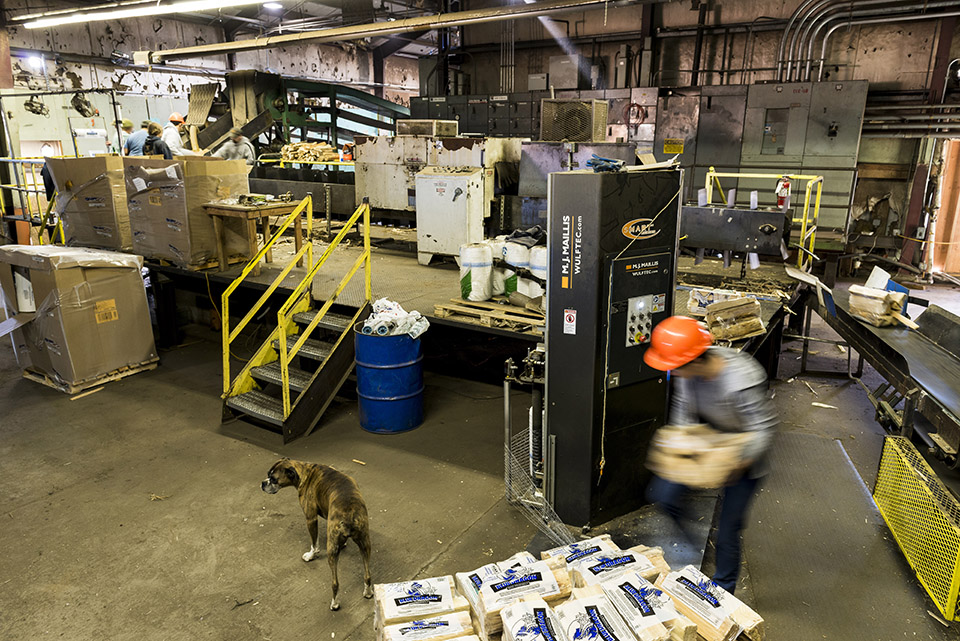
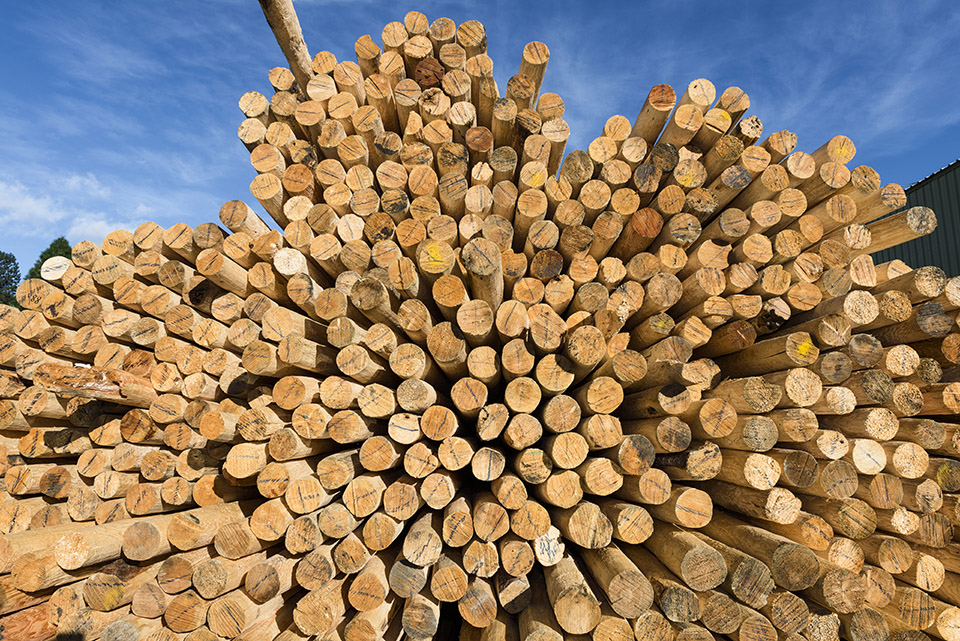
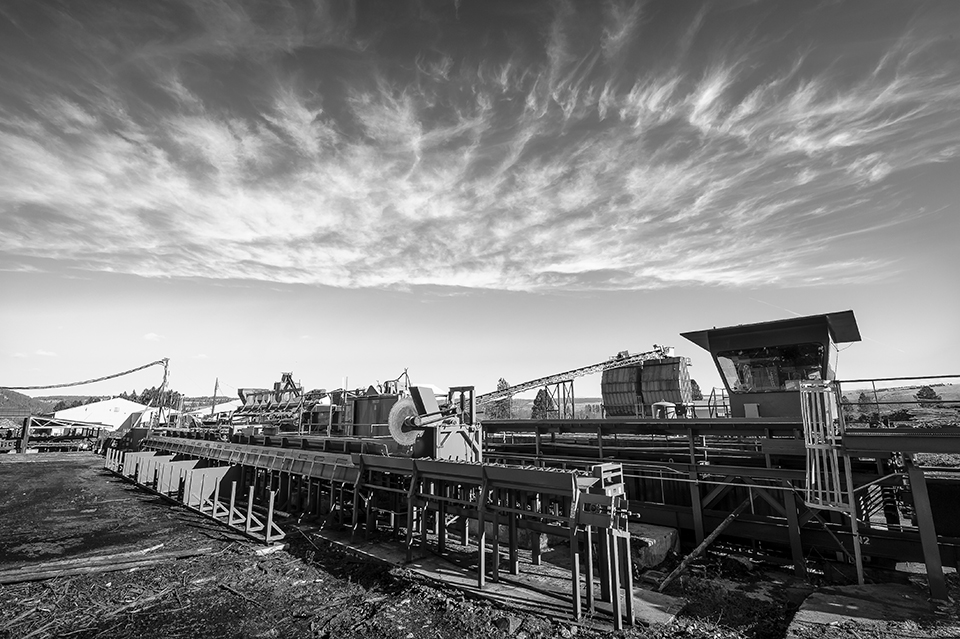

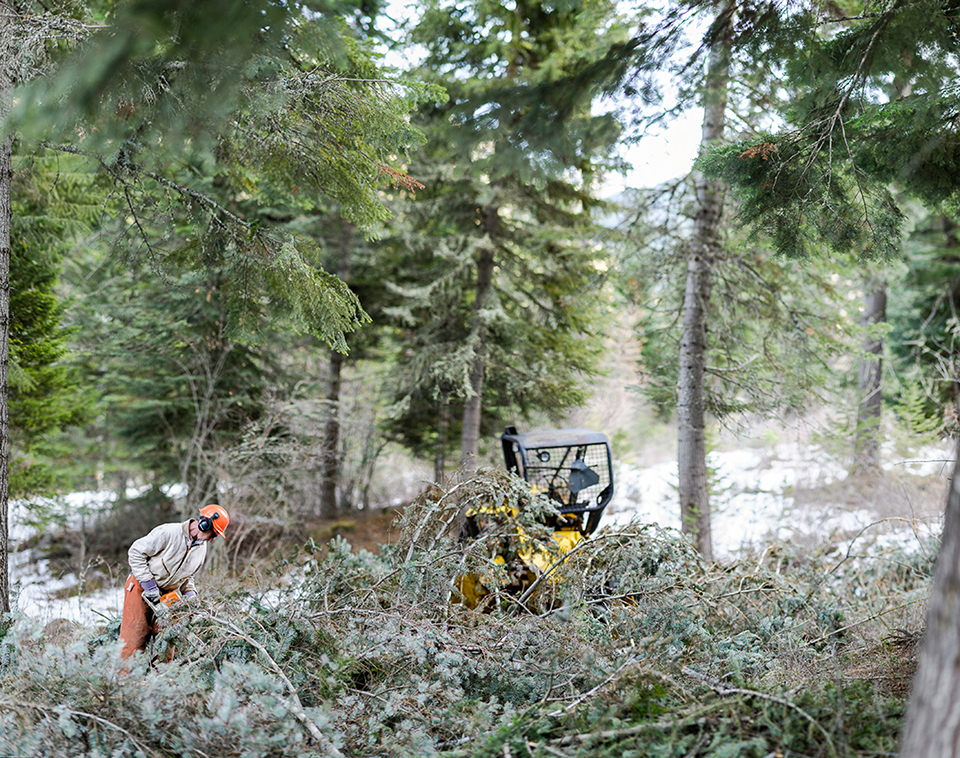
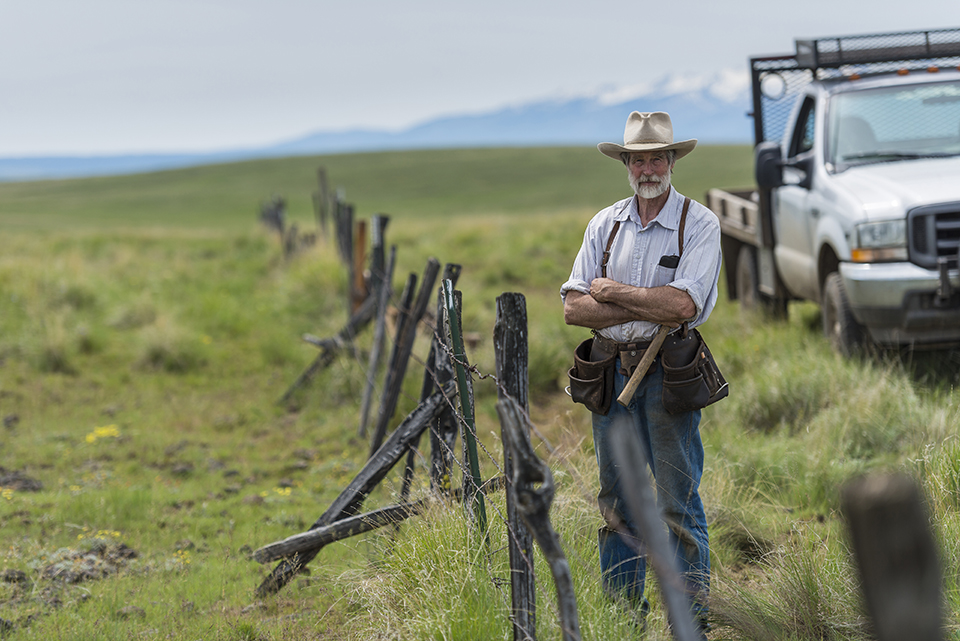
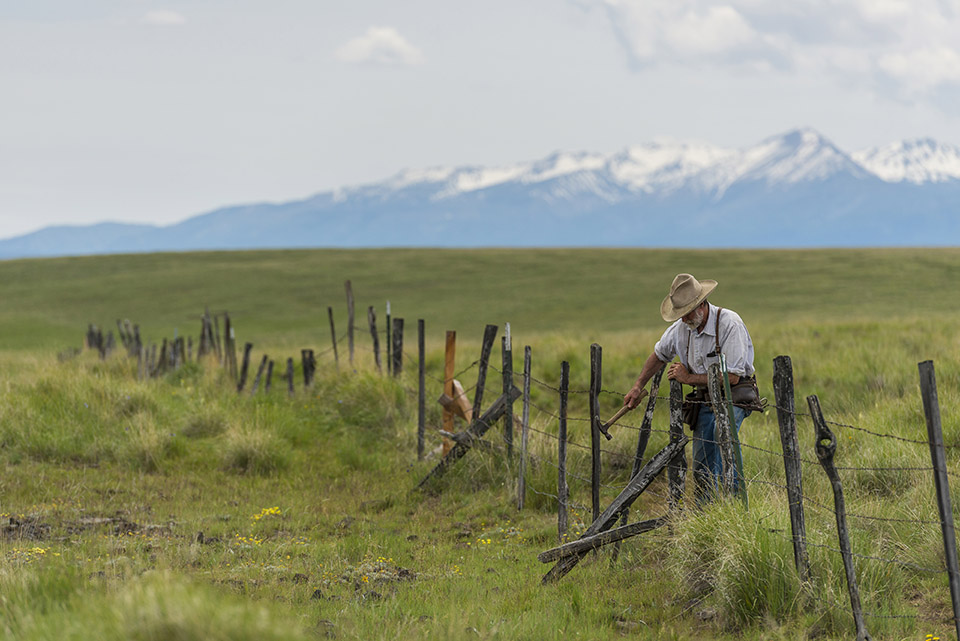
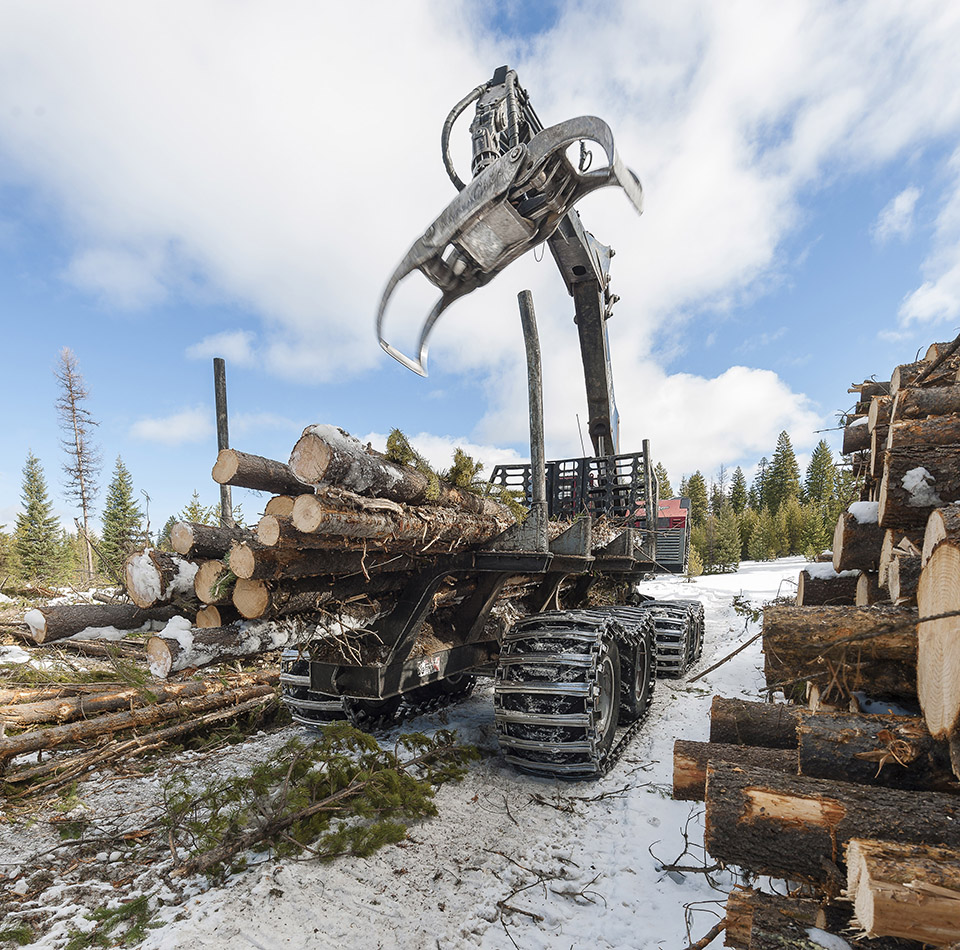

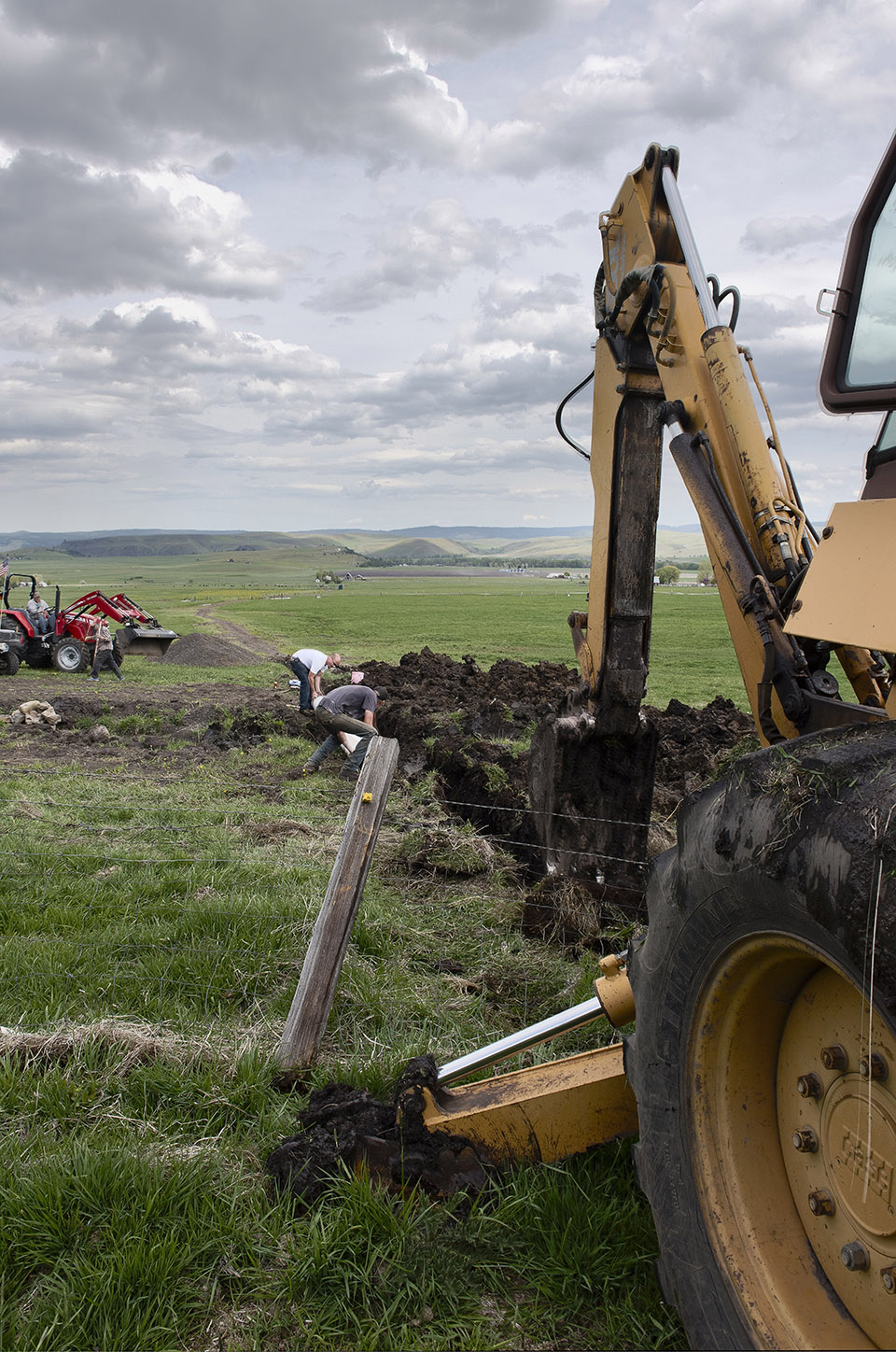
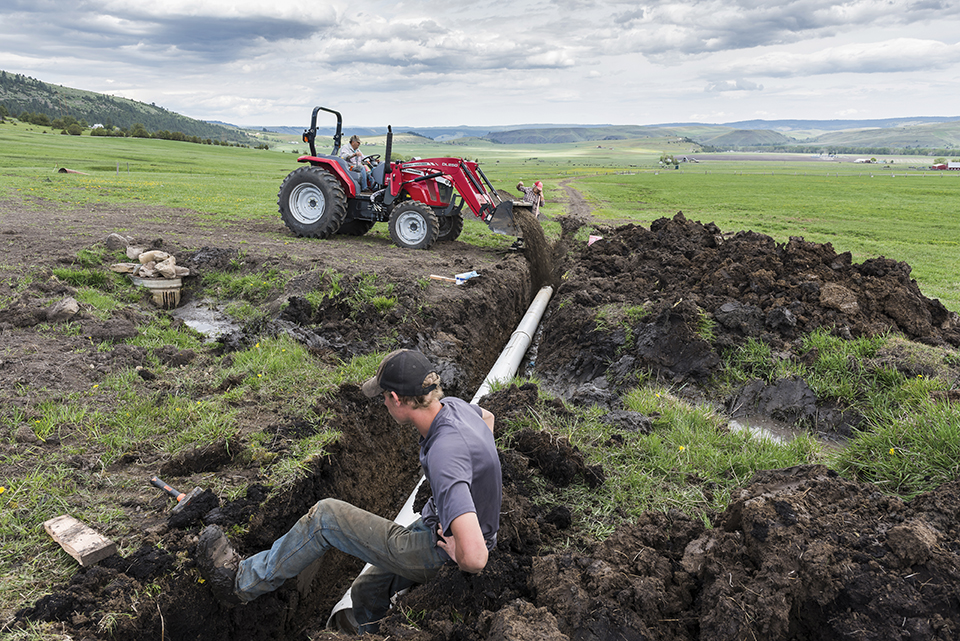
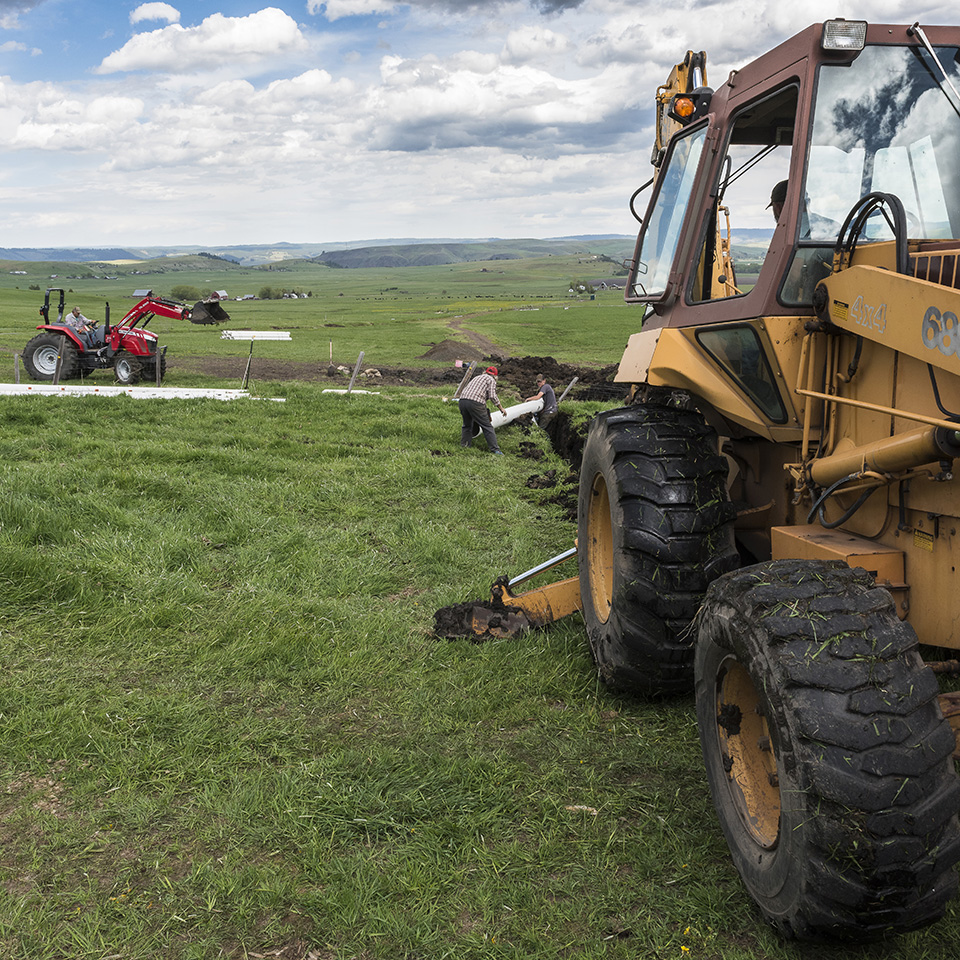

This focus on social, economic and environmental sustainability resulted in an array of ambitious projects, including integrated watershed restoration; an outdoor school program for kids; management of one hundred forty U.S. Forest Service campsites that had been scheduled for closure; partnering with ranchers to control noxious weeds; investment in small-scale hydro projects; and an integrated biomass company that employs twenty-four people, who transform the byproducts of forest restoration into chips, poles, and pest-free firewood. The facility actually converts its own waste into energy that powers the compound’s production systems.
So how can a thirteen-person team accomplish so much in a relatively short period of time? Instead of taking on every project, they focus on building partnerships and supporting businesses and institutions that have good ideas for creating jobs, cutting costs and rehabilitating the land. For example, the nonprofit encouraged the Enterprise School District to adopt an energy-efficient biomass boiler system.
To assist the schools, Wallowa Resources conducted the initial feasibility assessment, drummed up community support for the plan and helped the school get technical and financial assistance to build the wood-fired heating system, which lowers carbon emissions while cutting the school’s operating costs by more than $75,000 a year.
Today Wallowa Resources supports fifty-four jobs in the county—about the same number of jobs lost when the last mill closed. Around 80 percent of these jobs are private sector. Instead of hiring seasonal work crews directly, the organization prefers to encourage small business by opening the doors to contractors. And it’s working. To date, Wallowa Resources has brought more than $21 million to the county.
But it’s not just money. The outdoor education programs have improved school science scores, while partnerships with local farmers have led to efficient irrigation systems—reducing energy consumption and leaving more water in-stream. “More important than our direct jobs impact is the creative momentum we contribute. Improved morale, optimism, and hope—the sense that we can do something positive to counter prevailing trends of the 1990s,” Christoffersen said.
This momentum is actually drawing people to Wallowa—the county has seen an increase in K-12 enrollment, which is exceedingly rare in rural areas. And it’s not just the human population that’s growing. Restoration efforts in the Lostine River have upped the fish count. Last fall, around 3,000 chinook returned to spawn—up from thirteen in 1996.



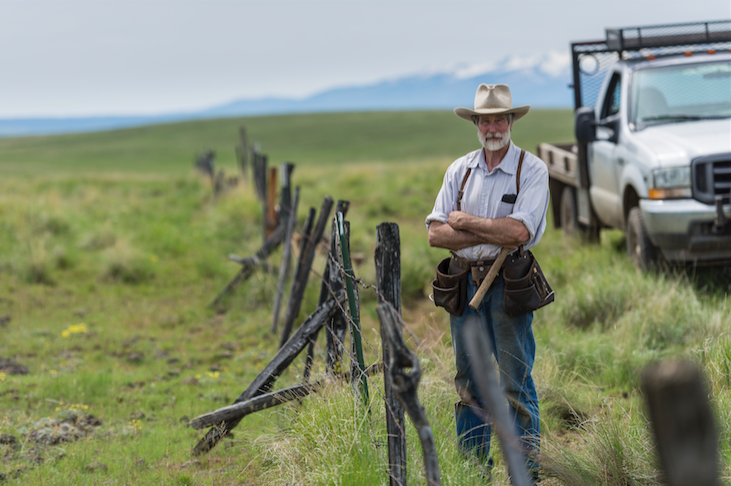
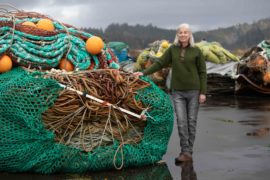

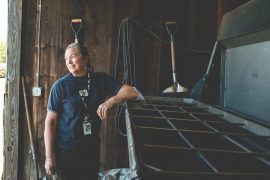
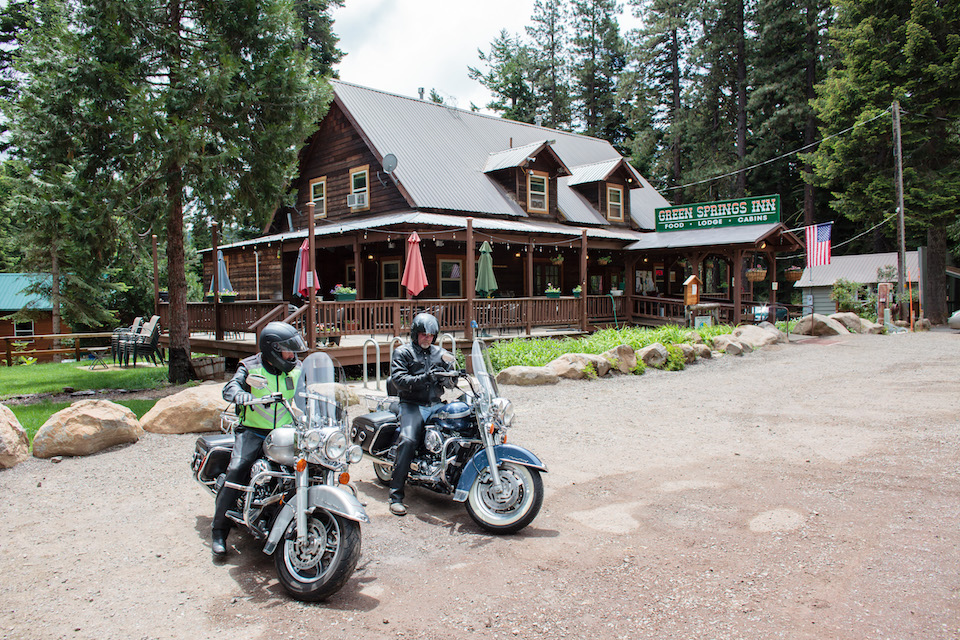



Very good, Churpa.
Quick note: Kendrick’s last name is spelled “Moholt”
Thank you! I’ve corrected it in this post, and double-checked that we went to print with the correct spelling.